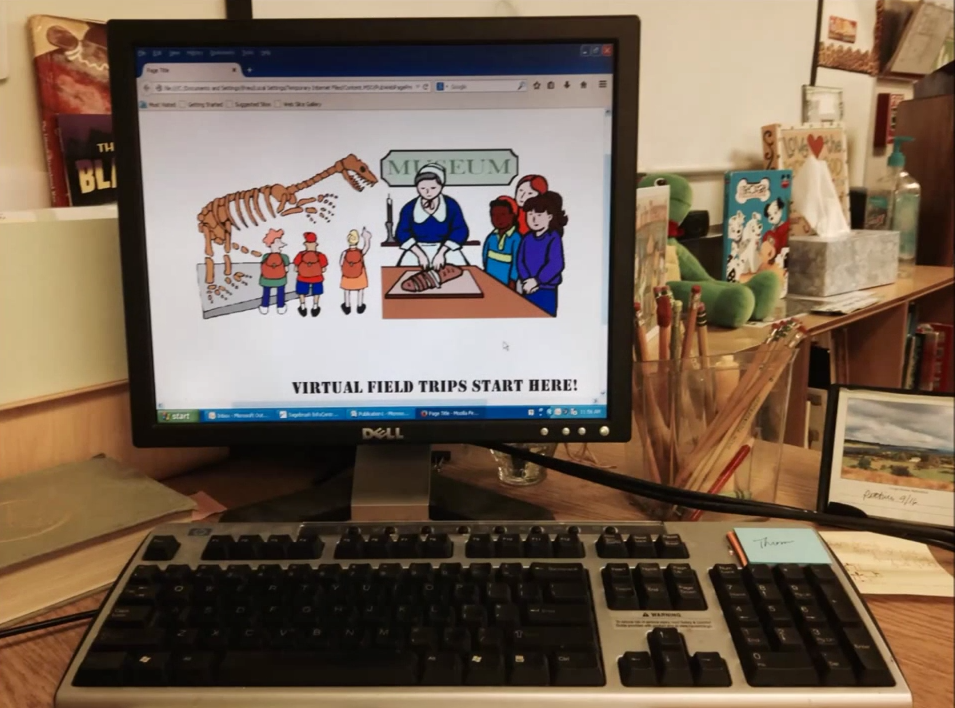
Virtual becomes reality
Imagine children interacting with astronauts and hearing their favorite author read to them aloud, both in one day. Students may not need a permission slip or a sack lunch the next time they go on a field trip; in fact, they may not even need to leave their seats.
Students in London are learning about tourism in India; students in Texas are enjoying a walk along the Great Wall of China; students in Canada are exploring the bottom of the ocean. Virtual field trips and accompanying lesson plans are opening the door to a whole new world of experiences that schools may never have been able to provide otherwise.
Teachers across the world are utilizing technology such as Skype and LEARNZ to keep kids engaged and more interested in learning. More than 43,000 teachers in 171 countries are using virtual lessons to hold their students’ attention.
Virtual learning is economical, especially for schools with little to no funding. Skype offers 9,300 free lessons for students and teachers. One of the free lessons offered is “Mystery Skype,” an educational game created by teachers that involves two classrooms. The game allows students to guess the location of the other classroom by asking questions relevant to culture, climate and customs.
NASA inspires students to be more active in science, technology, engineering and mathematic subjects by partnering with Skype to provide missions, research and interviews with engineers and scientists.
LEARNZ, a New Zealand based virtual field trip programing company, also offers free lessons and field trips. Partnered with the New Zealand Ministry of Education to design virtual experiences for students, LEARNZ supports the New Zealand curriculum by taking students through three-day virtual trips; helping them to expand their views of the world by exploring everything from endangered birds, to rare inland high country ecosystems, to earthquakes.
Virtual field trips aren’t necessarily designed as a replacement for in-person field trips though. LEARNZ project manager, Barrie Matthews, believes in-person field trips and virtual field trips both have their place.
“We think you can’t beat a well-designed in-person field trip to a real place, “ Matthews said. “However, it can be a hassle, an expense and a risk for busy teachers to organize in-person field trips on a regular basis. Sometimes our students can get closer to the action than an in-person field trip, in a safer way.”
Technology in the classroom is meant to enhance the learning experience, and to broaden field trip opportunities; creating a universal community. There has been a wealth of research conducted on “media” studies that compare instructional mediums such as face-to-face and online.
“To date, the research has found no significant difference in instruction across the mediums,” said Jana Willis, UHCL professor of instructional technology. “What this indicates is that, regardless of the delivery medium, effective instruction is what matters.”
